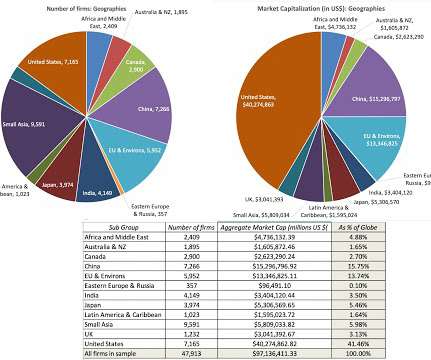Does Mandatory Board Gender Balancing Reduce Firm Value?
Reynolds Holding
JUNE 13, 2022
As a social-policy instrument, forced board-gender balancing is in principle unrelated to firms’ economic performance. Nonetheless, imposing such a policy may have unintended consequences (positive or negative) for firm value, which is important for all of a firm’s constituencies – not only shareholders – to understand properly.












Let's personalize your content